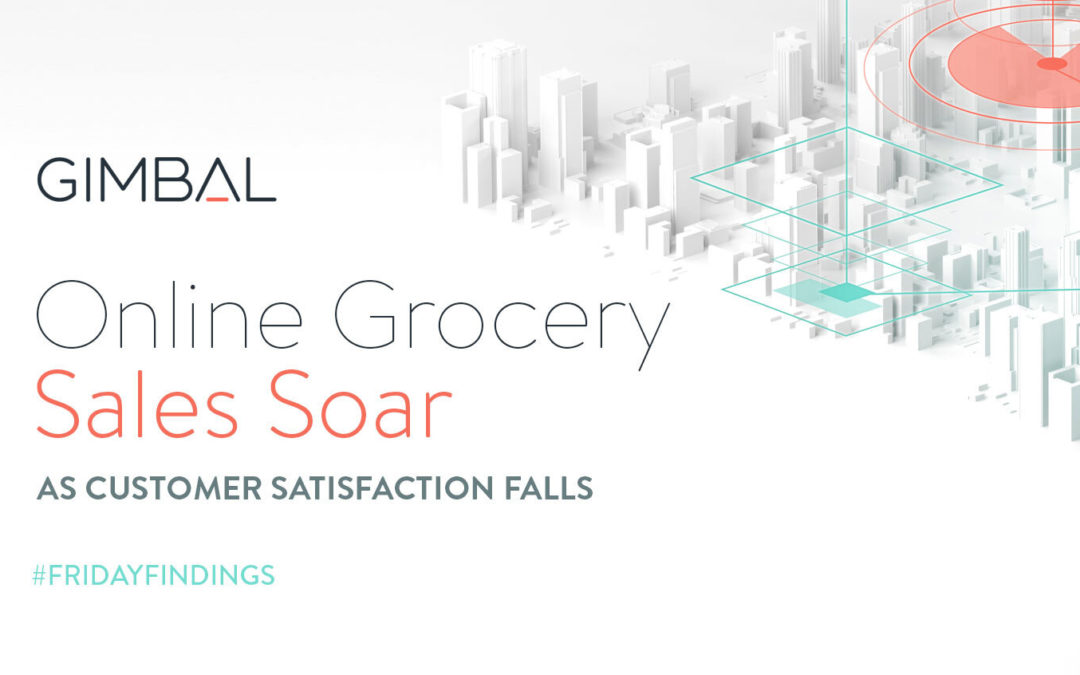The growth of online food ordering is nothing short of staggering. In March 2020, consumers shifted the ways they shopped overnight – and there has been no looking back.
According to eMarketer, online grocery sales are expected to exceed $100 billion for the first time this year – and it’s not likely to slow down, even after vaccinations. By next year, eMarketer expects more than half of the U.S. population will be online grocery buyers. And by 2023, online grocery sales are estimated to hit 11.2% of total U.S. grocery sales. Like they say in the book, “if you give a mouse a cookie, he’s going to ask for a glass of milk.” In other words, once consumers get a taste of convenience, they’re going to ask for more.
Additionally, according to 1010data’s State of Grocery Report, online grocery and grocery delivery services accounted for 8% of annual grocery spend by the end of 2019. But by April 2020 – just a month after shoppers were forced online – grocery delivery surged by 527%.
Exciting and encouraging times if you’re a technologist, digital marketer, or food delivery company. Not so much if you’re a grocer, where 17 of the top 20 major grocers scored lower than just a year before.
Why? The latest Retail and Consumer Satisfaction Report from the American Customer Satisfaction Index (ACSI) shows the story may not be as rosy as it seems on the customer side. The 2021 report found that customer satisfaction dropped across nearly every retail vertical, but grocers were hit especially hard last year.
In fact, twelve of the 13 metrics measured in the report (from “Ability to offer brand names” to “Quality/reliability of mobile app”) were down, leading to a -2.6% decrease in satisfaction across the sector.
The takeaway? Running a grocery chain is tough. It’s even harder when a pandemic is surging, supply chains are disrupted, and sales channels shift overnight. Add in stricter compliance and regulatory guidelines, and it’s no wonder most brands are struggling to meet customer expectations.
Retailers across verticals scrambled to get temporary and, often, piecemeal solutions in place in 2020. Recently, we’ve been talking to clients and prospects who are now starting to plan for and implement more sustainable programs to keep up with ongoing customer expectations.
What do your 2021 plans look like? Is there anything you’re doing to specifically address your customers’ contactless and curbside pickup solutions?
Supercharge Your Customers’ Experience
Setup is simple. Places are accurate. Data is powerful.

